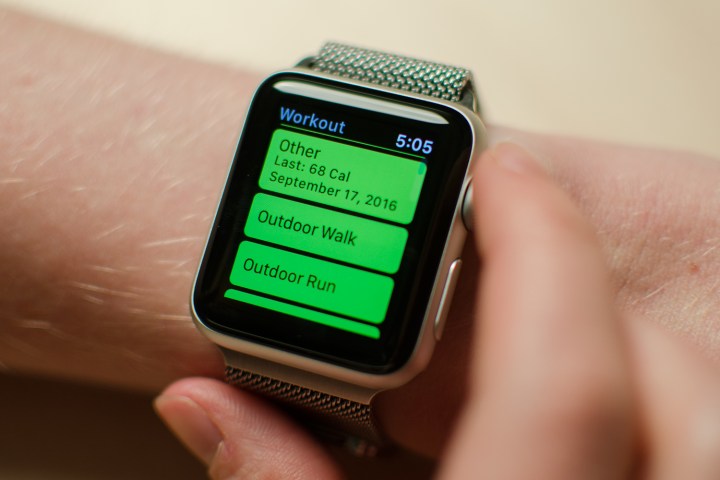
Similar to the Turkey Trot-esque 5K Apple debuted over Thanksgiving to get people moving during one of the most lethargic of holidays, Apple’s Ring in the New Year Challenge is set to begin on January 2 (so you get a one-day cushion). It’s a simple concept — wearers are challenged to close all three Activity rings each and every day for a whole week. But because it’s a month-long challenge, even if you miss one week, you’ve got three chances to redeem yourself.
What does closing your Activity rings entail? Well, you’ll need to be mobile for about a minute every hour for 12 hours, complete 30 minutes of exercise every day, and hit your own calorie burning targets.
What do you get if you succeed? Well, other than the smug satisfaction that comes along with completing any challenge, you’ll be getting yourself in better shape (or keeping yourself in shape). And of course, Apple will reward you, too. No, you won’t be getting anything too exciting like a new gadget, but you will receive get a special achievement badge and free stickers from the Activity app.
Don’t worry, though. If you don’t want to take part in the challenge, Apple won’t ram it down your throat. The notification for you to participate will show up on your Apple Watch 10 minutes after the first time you put it on, and it will only show up once. That means if you dismiss or refuse it, you won’t be able to change your mind.
Editors' Recommendations
- Apple is done with the $17,000 gold Apple Watch Edition
- Hermès offers new range of non-leather – and leather – bands for Apple Watch
- Apple Watch’s exciting feature road map is stacked
- The best Apple Watch Series 6 tips and tricks
- What you can (and can’t) do on your Apple Watch without your iPhone


